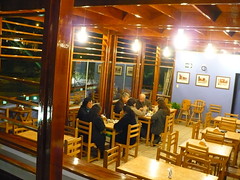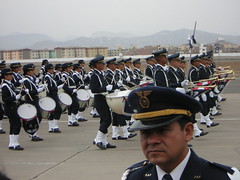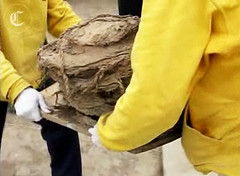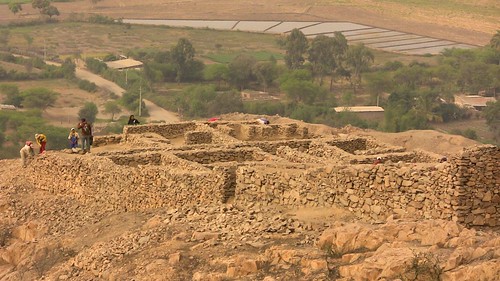The remnants of at least ten pyramids have been discovered on the coast of Peru, marking what could be a vast ceremonial site of an ancient, little-known culture, archaeologists say.
In January construction crews working in the province of Piura discovered several truncated pyramids and a large adobe platform (see map). Officials from Peru’s National Institute of Culture (INC) were dispatched to inspect the discovery.










